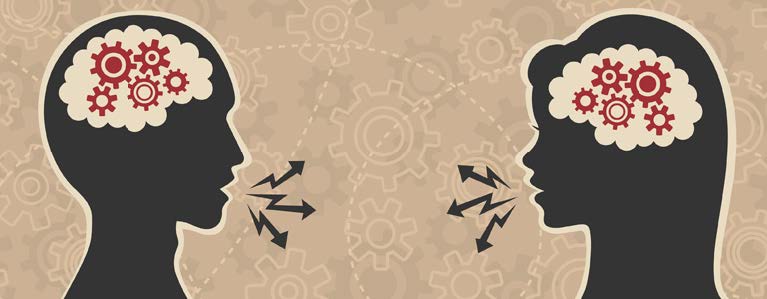Communication is the cornerstone of success in a variety of personal and professional contexts and situations. Unfortunately, during the process of sending and receiving messages, we often encounter obstacles that lead to misunderstandings, confusion and mistakes that can cause significant problems.
Let’s take a look at some of these barriers and the strategies to overcome them.
1. Lack of Alignment
Imagine a team working towards a common goal, but each member has a different understanding of what needs to be done. This lack of alignment in communication creates confusion and hinders progress. To overcome this barrier, it’s crucial to ensure that messages are clearly communicated by the speaker(s) and confirm that everyone receives and understands them correctly.
2. Complex Language and Jargon
To sound knowledgeable or important, we can inadvertently create confusion by using industry-specific terms. To overcome this barrier, use plain language when speaking to people who are not familiar with industry jargon and provide explanations and context whenever you need to use those terms.
3. Lack of Active Listening
Effective communication is a two-way street, but we typically focus on speaking rather than listening. Active listening involves giving your undivided attention and providing verbal or non-verbal cues to show that you understand the speaker.
4. Not Checking You're Being Understood
Communication is not just about delivering a message, but also about the audience receiving it. When speaking to others, observe their facial expressions and body language and ask them what they’re hearing to ensure that it matches what you’re saying.
5. Lack of Feedback
Feedback enhances communication. Failure to provide constructive feedback or acknowledge the efforts of others can stifle motivation and inhibit the exchange of ideas. So be generous with your feedback, and seek feedback from your peers.
6. Emotional Filters
Emotions can significantly affect communication, acting as filters that distort messages. Emotions lead us to misinterpret words and motives, overreact or fail to express ourselves effectively. Be conscious of your emotions and those of others, and take a moment to regain composure before responding.
7. Cultural Differences
Cultural differences can present challenges stemming from language nuances, different communication styles and varying expectations. To bridge this gap, we need to approach communication with cultural sensitivity and embrace rather than resist diversity.
Final Words
Communication is not just about transmitting information but also about ensuring that it is received and understood. By recognizing these barriers and taking proactive steps to address them, we can foster effective communication in our personal and professional lives.



